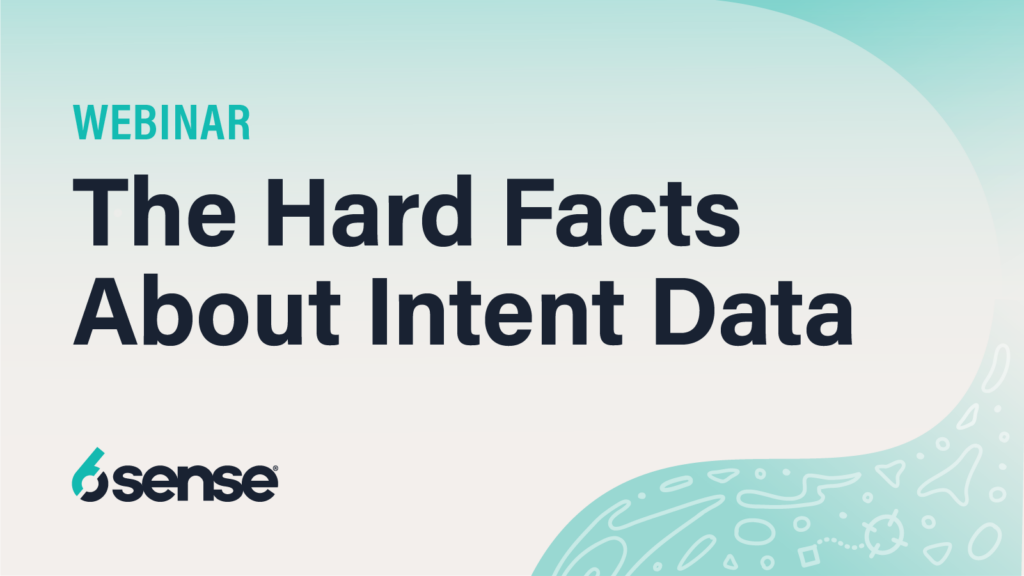“We have to remember that what we observe is not nature in itself, but nature exposed to our method of questioning.”
I have two dogs. As any dog owner will attest, they do not experience the world the way we do. On our morning walk, either or both of them are continually pausing our stroll because some imperceptible (to me) something or other on a rock or a blade of grass, or on the proverbial fire hydrant, has arrested their attention.
This always brings my mind back to the fact that, no matter how much time we spend together, no matter how seemingly in sync I feel with them on some subjects (such as strangers coming to the door unannounced), the world is a very different place to my dogs than it is to me.
When I sniff the morning air in my neighborhood, I can only experience what my sensory systems are tuned to take in. What I experience is not the “reality” of the neighborhood. It may be my reality of it, but there are as many different “realities” as there are different types of creatures.
And so it is in B2B marketing. When we look at how many leads we’ve had in a given month, or when we see how many opportunities sales has created, we take that to represent reality. That’s how many available buyers there are, we reason.
The Evolution of B2B Sensory Systems
Just as my pups have sensory systems that are tuned to things I can’t smell or hear, B2B organizations have sensory systems for detecting buyers. These sensory systems determine the marketing and sales realities that those organizations experience.
But for nearly all B2B organizations today, what our current sensory systems tell us is not even close to reality — not by a long shot.
Prior to the 2000s, typical B2B sensory systems were crude:
- We had an outbound prospecting sensory system – people who could make phone calls to probe for buyers.
- We had an inbound sensory system — phones would ring if a potential buyer happened to call.
- We had a postal sensory system — direct response advertising cards placed in magazines that we hoped people will mail back in.
- And we had an in-person sensory system — trade shows where we could set up a booth and receive visitors.
But that was pretty much it.
When marketing automation debuted in the early 2000s, it added a new and very exciting sensory system to B2B organizations: the ability to capture contact information from individuals who had come to our websites.
We set up forms that visitors had to complete to access our content. These forms could tell us which individuals were demonstrating at least enough interest to fill in the form.
This was amazing … but as an industry, we got a little high on those form-fills. It was so great to have people give us their emails that many of us became enthralled exclusively with this one way of sensing the buyers around us. We thought those forms were presenting us with reality.
They were not.
Marketing automation and the contact information it collected could only detect when individuals were demonstrating interest. That sensory system could not “see” buying groups (aka teams and committees). Neither could the sensory system distinguish individuals who were part of buying teams from individuals who were just killing time on the website.
The former makes a great lead to send to sales. The latter is what sales gets nearly every time.
And in B2B, the buyer is nearly always a group, rather than an individual. In research 6sense is currently conducting, we find that B2B marketers report that the buying groups for their solutions comprise of nine individuals on average. In this study, exactly zero out of 169 marketers who completed the survey reported selling to a buying group of one, and only five marketers (3%) reported buying groups of less than four.
This is consistent with findings from a wide variety of sources, including Forrester Research and SiriusDecisions. (I worked at both organizations before joining 6sense.)
Other sources add further insight. Software maker Clari — which ingests contact and interaction data directly from marketing automation and CRM systems — found buying group sizes ranged from seven individuals for small deals (under $250,000) to 19 for large deals (over $250,000).
If you’re reading this, your buyer is almost certainly a group, not a person. And to detect when groups are shopping for solutions, you need this new type of sensory system.
Sniffing Out the Bigger Picture
The failure of the Marketing Automation Platform “sensory system” to see buying groups matters — a lot. Another analogy from the animal world helps explain why.
Think of a lion hunting a wildebeest on one of those nature shows. Individual lions don’t approach herds of wildebeest and dive right into the wildebeest mosh pit. They’d be trampled and killed. They would not get their dinner. A lion with a sensory apparatus that could not tell a herd of wildebeest from a lone wildebeest would only find food occasionally, and only after surviving some very rough hunting excursions.
Taking it further, even if that lion were able to distinguish groups of wildebeest from individuals, it still has to distinguish big, strong individuals from young, weak ones. Adult wildebeests are not defenseless. A lion targeting an adult wildebeest would often get the stuffing kicked out of it and come away from the encounter hungry. So, lion sensory systems have evolved to distinguish big from small, weak from strong.
The marketing automation systems that B2B relies upon have always been tuned to detect individuals — as in consumers. They’ve never been able to detect when multiple individuals from the same organization are demonstrating interest at the same time … and that means they completely miss the strongest possible buying signal for B2B sellers.
It also cannot detect which individuals are real buyers. Just as it is critical for lions to distinguish the easy targets from the deadly targets, it’s critical for B2B organizations to distinguish lone individuals with time on their hands from buying groups with budget and authority to buy. Marketing automation platforms simply cannot do that.
Many organizations have added the sensory system we think of as third-party intent. This is an important sense to have. But, even for those of you that have this sense already, if your intent system is not integrated with your form-fill system — meaning, if you can’t tell which form-fillers are associated with which intent signals — your sensory system is still going to cause you to miss opportunities.
The Modern B2B Sensory System
Modern B2B sensory systems, such as the 6sense platform, are tuned to notice when buying groups come to websites and fill out forms. But more than that, they detect when anonymous members of the buying group have also visited.
On top of that, they catch the same kinds of signals happening elsewhere in the digital universe — third-party intent.
These modern, integrated sensory systems deliver signals to an artificially intelligent brain that identifies patterns in these signals to prioritize the best prospects. This is the integrated sensory system that B2B has always needed, but has not had until very recently.
|
See something you disagree with? Want to plus-1 our findings? We would love for you to add your voice to the mix. We’ll even give you a free lunch. This survey takes less than 10 minutes to complete. Tell us what you think! |







